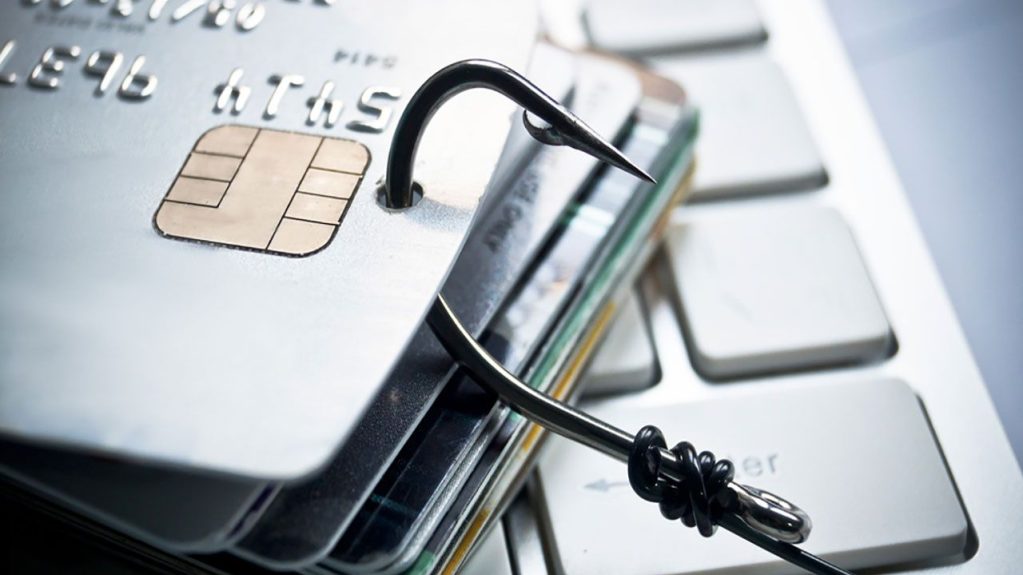What is a common indicator of a phishing attempt so that you can recognize an email as a potential threat? One kind of cyberattack is known as “phishing,” It often entails sending fake emails to obtain private information. Dangerous downloads, links, and files are often found in phishing attempts and are used to spread malware.
What is a common indicator of a phishing attempt so that you can recognize an email as a potential threat? Here are some of the most phishing attacks that try to get you to keep an eye out for.
Common Indicators Of A Phishing Attempt
The Email is in Your Junk Mail Folder
There is a logic behind why email filters label some communications as spam. Spam folders are not always safe to open messages from.
There is an Attachment with Crucial Details
Phishers often use email attachments to cover their harmful purpose. The attachment may need you to click a link inside the file or allow content in an Office file to access its contents. If you do this, malicious macros will be able to execute and download a file onto your computer.
Several Mistakes in Grammar and Spelling
Poor spelling and punctuation are two telltale red flags for phishing emails. This is also a famous phishing attempt indicator.
Address, URL, and Domain Name Errors
Checking for inconsistencies in email addresses, URLs, and domain names is another straightforward method for spotting a possible phishing scam. Avoid entering any information into the form on the page if the domain names do not match.
Implied or Direct Threats of Harm
Consequence-threatening emails should always be regarded with caution. To further throw off the target, you may try invoking a feeling of urgency to urge or even demand urgent action.
Protection From Phishing Attacks
Ignore the Invitation to Click on the Link
In more complex phishing operations, the final destination URL may seem identical to the real one. Instead of clicking the link, if you can go there directly using your browser, you should do it.
Get Free Phishing-Prevention Add-ons
Most modern web browsers now have add-ons that may identify dangerous websites and warn users when they attempt a phishing site.
Don’t Provide Personal Information to a Site that Isn’t Secure
Do not input personal information or download files from a website unless the URL begins with “https” or a closed padlock symbol appears next to the URL.
FAQ
What is a spear phishing attempt?
A spear phishing attempt aims to trick a target into divulging personal information or granting the attacker access to a computer system by sending them fake but convincing communications.
How to investigate a phishing attempt?
Digging into a phishing email is a time-consuming task. Because email phishers invest so much time and effort into tricking their victims, they may choose victims because of the immense benefits. So, preventing such attacks can appear impossible.
What is a typical spear phishing attempt?
An email with a malicious attachment is common in spear phishing campaigns. The email has been personalized by including the recipient’s name and job title.
What to do if targeted by a phishing attempt?
Refrain from opening it. If you click on a link in a phishing email, you may expose your sensitive personal information (PII).
How to prevent phishing attacks?
Protect yourself from phishing attacks by installing anti-phishing and anti-spam software. Also incorporated is anti-malware protection against malware and other online dangers. Anti-malware software, like anti-spam software, is designed by security experts to detect even the most elusive forms of malware.
How to avoid phishing attacks?
- Use antivirus software to keep your computer safe.
- Make sure your phone is always up-to-date by installing the latest security patches.
- Using multiple authentication methods is the best way to keep your accounts safe.
- Create backups of your files to keep them safe.
Conclusion
Detecting and preventing phishing attacks is becoming more important. To avoid falling victim to phishing scams, use our advice. Other phishing assaults demand different solutions. You can follow us to learn more about famous phishing attacks.
